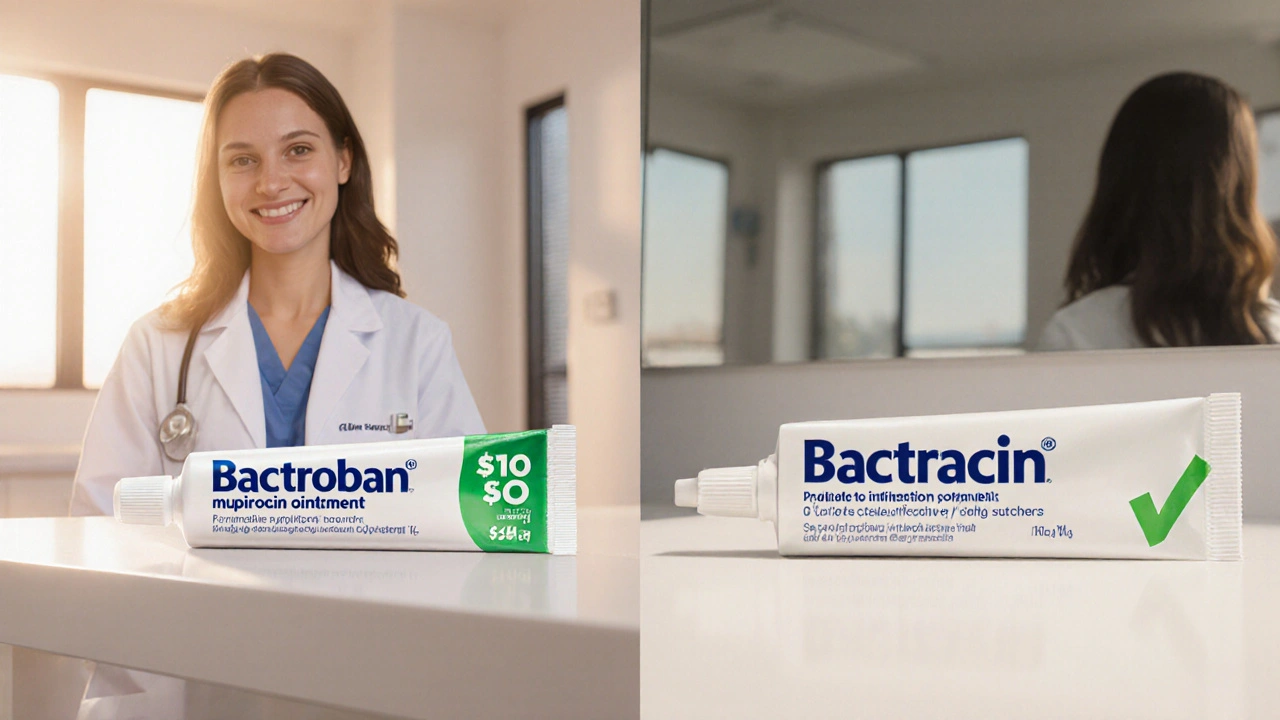Alternative Ointments
When you hear the term alternative ointments, topical preparations that offer options beyond standard prescription creams. Also known as non‑traditional skin treatments, they range from plant‑based balms to compounded pharmacy blends and often sit alongside more conventional choices.
One major related entity is topical corticosteroids, synthetic steroids applied to reduce inflammation and itching. These drugs set the benchmark for potency, so many people look for alternatives that deliver relief with fewer side effects. Another key player is natural ointments, formulations based on herbs, oils, and botanical extracts. They often target the same skin issues—eczema, psoriasis, minor burns—while emphasizing gentle ingredients. The third entity worth noting is prescription ointments, doctor‑authorized blends that may combine steroids, antibiotics, or immune modulators. Understanding how these three intersect helps you decide when a mild balm is enough or when a stronger, doctor‑guided formula is necessary.
In practice, choosing an alternative ointment involves three steps: assess the skin condition, match the ointment’s active component, and consider the delivery system. For instance, a patient with mild atopic dermatitis might start with a natural ointment containing colloidal oatmeal and shea butter—both known to soothe and moisturize. If the flare escalates, a topical corticosteroid like hydrocortisone 1% could be added temporarily, creating a hybrid approach that leverages the anti‑inflammatory power of steroids while keeping the skin barrier protected with natural emollients. Prescription ointments step in when infection risk rises, offering added antibiotics or calcineurin inhibitors that are not available over the counter. This layered strategy—natural base, optional steroid boost, prescription escalation—captures the core semantic triple: alternative ointments encompass both natural and prescription options, effective treatment requires matching the ointment to the condition, and topical corticosteroids influence the choice of alternative ointments. Below you’ll find articles that dive deeper into each of these scenarios, compare specific products, and give you the practical tips you need to pick the right option for your skin.

- Sep 28, 2025
- Posted by Cillian Osterfield
Bactroban (Mupirocin) Ointment vs Topical Antibiotic Alternatives - Full Comparison
A detailed, side‑by‑side comparison of Bactroban (mupirocin) ointment and its main alternatives, covering effectiveness, cost, safety and real‑world usage tips.
Categories
- Health and Wellness (60)
- Medications (42)
- Health and Medicine (22)
- Pharmacy Services (11)
- Mental Health (5)
- Health and Career (2)
- Medical Research (2)
- Business and Finance (2)
- Health Information (2)
Latest Posts
©2025 heydoctor.su. All rights reserved





